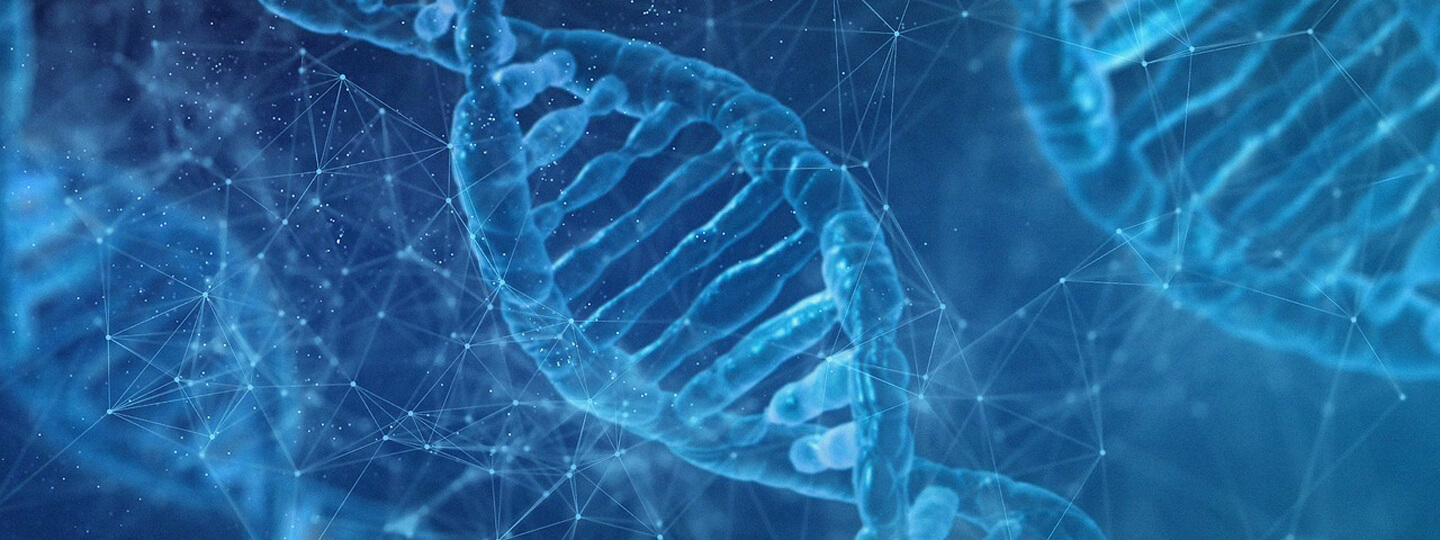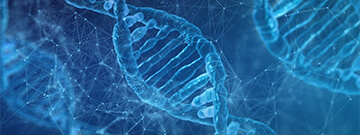
Decoding Identity with DNA Fingerprinting
Have you ever wondered how investigators in crime shows manage to identify suspects with such accuracy? Dusting for fingerprints isn’t always feasible in many cases, so the true answer lies in a different type of fingerprinting: DNA fingerprinting. This is a revolutionary technique that unravels the unique genetic code within every living being.
In DNA fingerprinting, scientists analyze specific segments of an individual’s DNA, much like piecing together sections of a complex puzzle. These segments are the building blocks of your genetic makeup, collectively defining your distinct identity. But how does this all work? Initially, researchers obtain a small DNA sample, often collected painlessly through saliva or a cheek swab. This starting point is crucial in capturing the genetic essence of an individual.
With the help of advanced tools, scientists duplicate and amplify the specific sections of DNA they’re interested in, creating lots of genetic material for thorough examination. This careful process lets them closely examine the DNA. After this replication step, a process called gel electrophoresis, which is like a race for DNA fragments, is introduced. These fragments move through a gel substance, where smaller pieces dash ahead while larger ones lag behind, forming distinct patterns.
These patterns of DNA bands are like secret codes that only belong to the person they came from. This biological secret code is what DNA fingerprinting is built upon, giving us insight into the complex mix of genetic differences that make each person special. But how do scientists figure out if two DNA samples match? They do it by comparing the patterns of DNA bands. If the patterns look the same or very similar in different samples, it’s like finding two puzzle pieces that fit together perfectly. Imagine this process as solving a big puzzle. The DNA fingerprint is like a piece of evidence that connects a person to a specific place or event, just like the crucial clue in a mystery book.
While we often think of DNA fingerprinting in terms of solving crimes, its impact reaches beyond catching criminals. This scientific wonder also helps unravel mysteries about family heritage. Scientists can tell if two people are related by looking at their DNA fingerprints. As you dive into the world of forensic science or get lost in suspenseful novels, think about the real-world importance of DNA fingerprinting. In reality, this method allows scientists to solve puzzling questions by reading the hidden messages in our cells. It contributes to both justice and discovery. In simple terms, DNA fingerprinting lets us decipher the hidden messages in our cells, like translating a secret code using the tiny pieces that make up who we are.
Source:
“Investigating Identity: DNA Fingerprinting.” ![]() Learn Genetics, University of Utah, 2023
Learn Genetics, University of Utah, 2023
“DNA Fingerprinting.” ![]() Understanding Genetics, Stanford University School of Medicine
Understanding Genetics, Stanford University School of Medicine
Scientific Peer Review by Alysia Mandato

On April 8, 2024, we will witness a mesmerizing event. A total solar eclipse is upon us, and here at the Science Center, we can explore this celestial phenomenon in many ways.
But first, what is this event? A ...

Climate change is a big deal. We’ve all seen news stories about greenhouse gas emissions, rising temperatures, and the hole in our ozone layer. However, what tends to sometimes be overlooked is climate change’s ...

In the captivating world of health care, a fascinating transformation is taking place—a rise in Artificial Intelligence, or AI! Picture a world where smart machines team up with doctors to revolutionize medicine, making ...

Hydroponics, a contemporary farming method, redefines how we grow plants, offering a fresh approach to cultivating crops that differs from traditional soil-based farming. This innovative technique doesn’t rely on soil ...

In our solar system, the eight planets—Mercury, Venus, Earth, Mars, Jupiter, Saturn, Uranus, and Neptune—are talked about more than anything. While the ...

Quantum computers are on the forefront of technological advancement. These machines, unlike any traditional computers you’re familiar with, harness the ...



